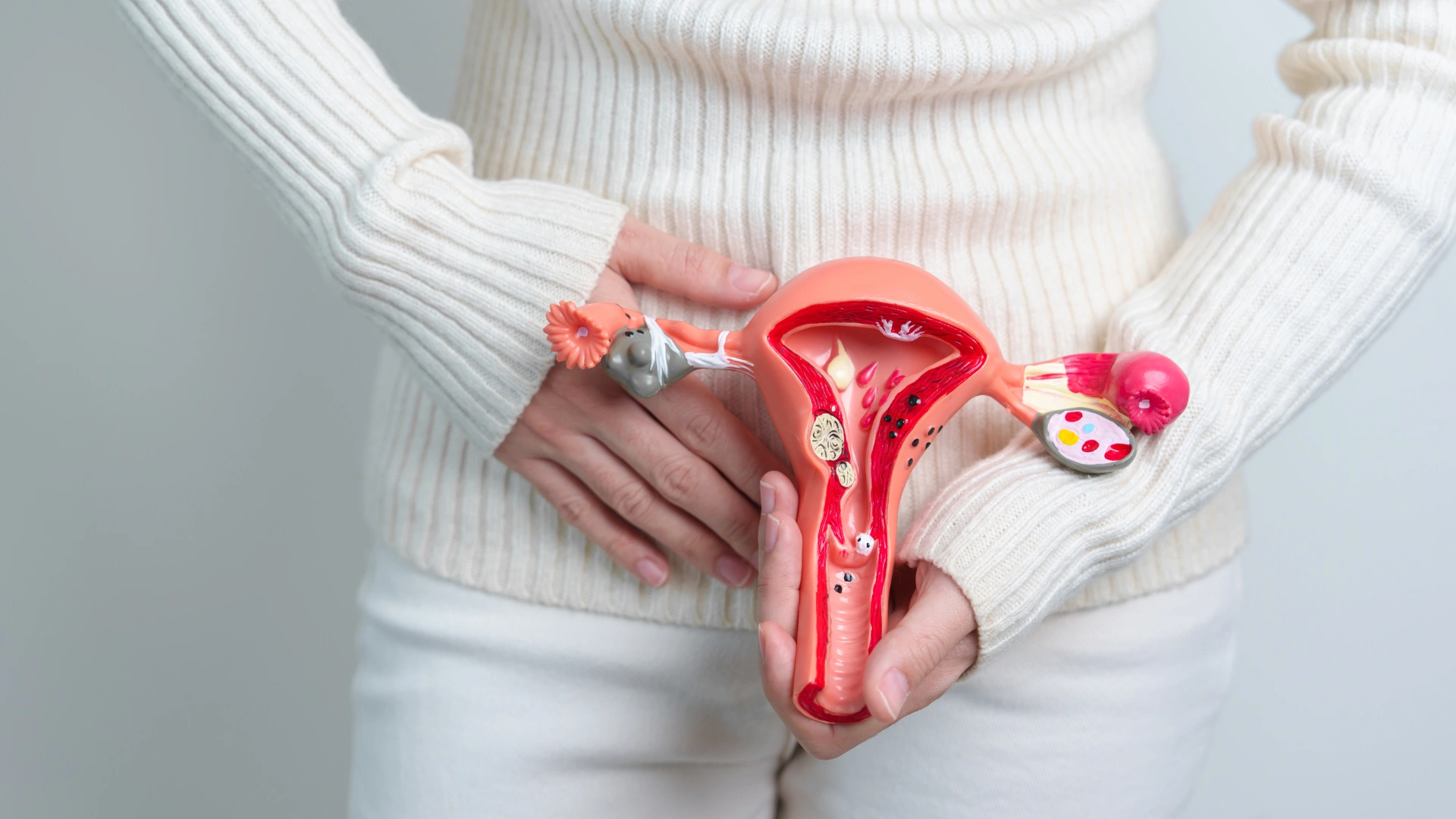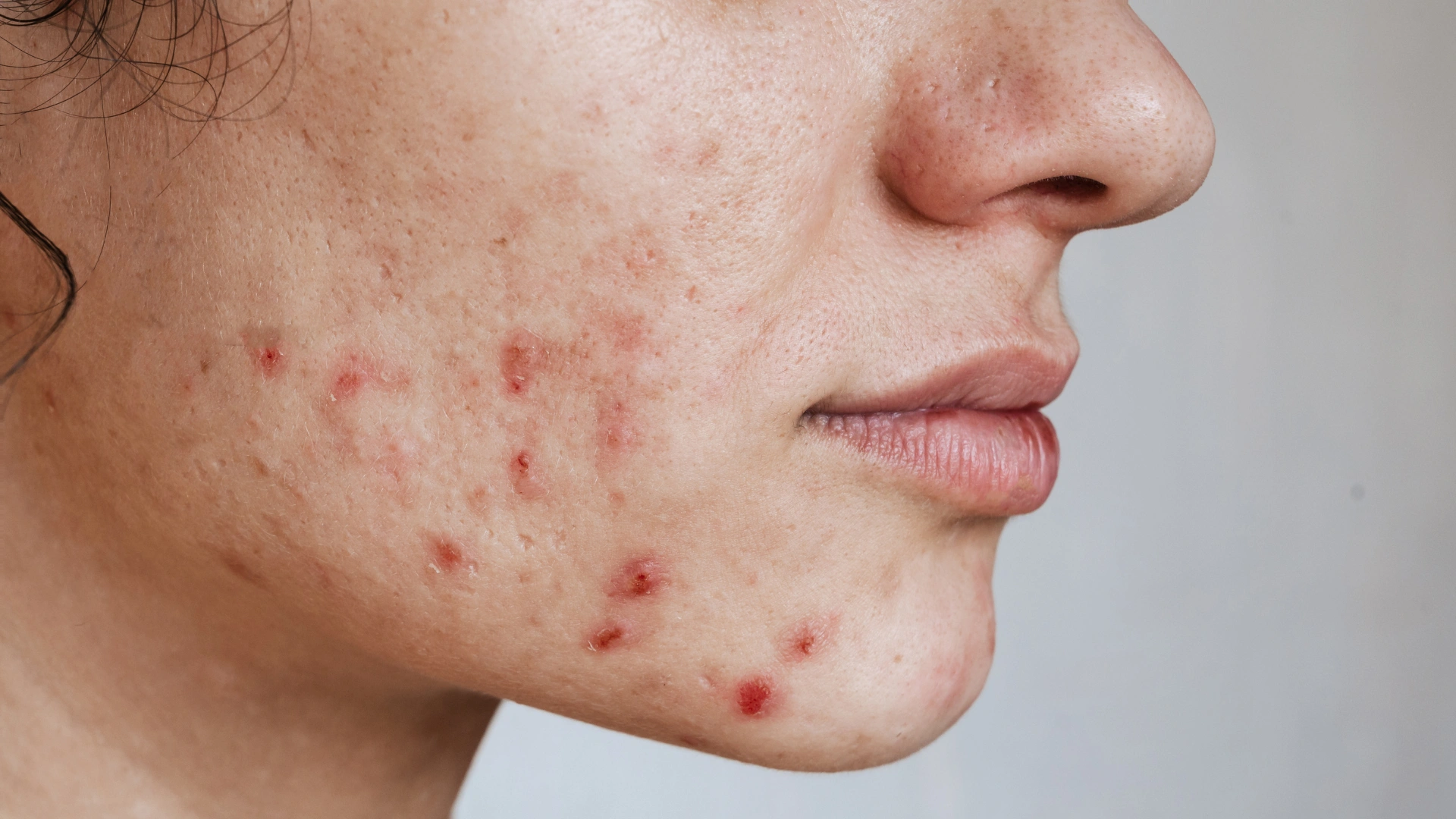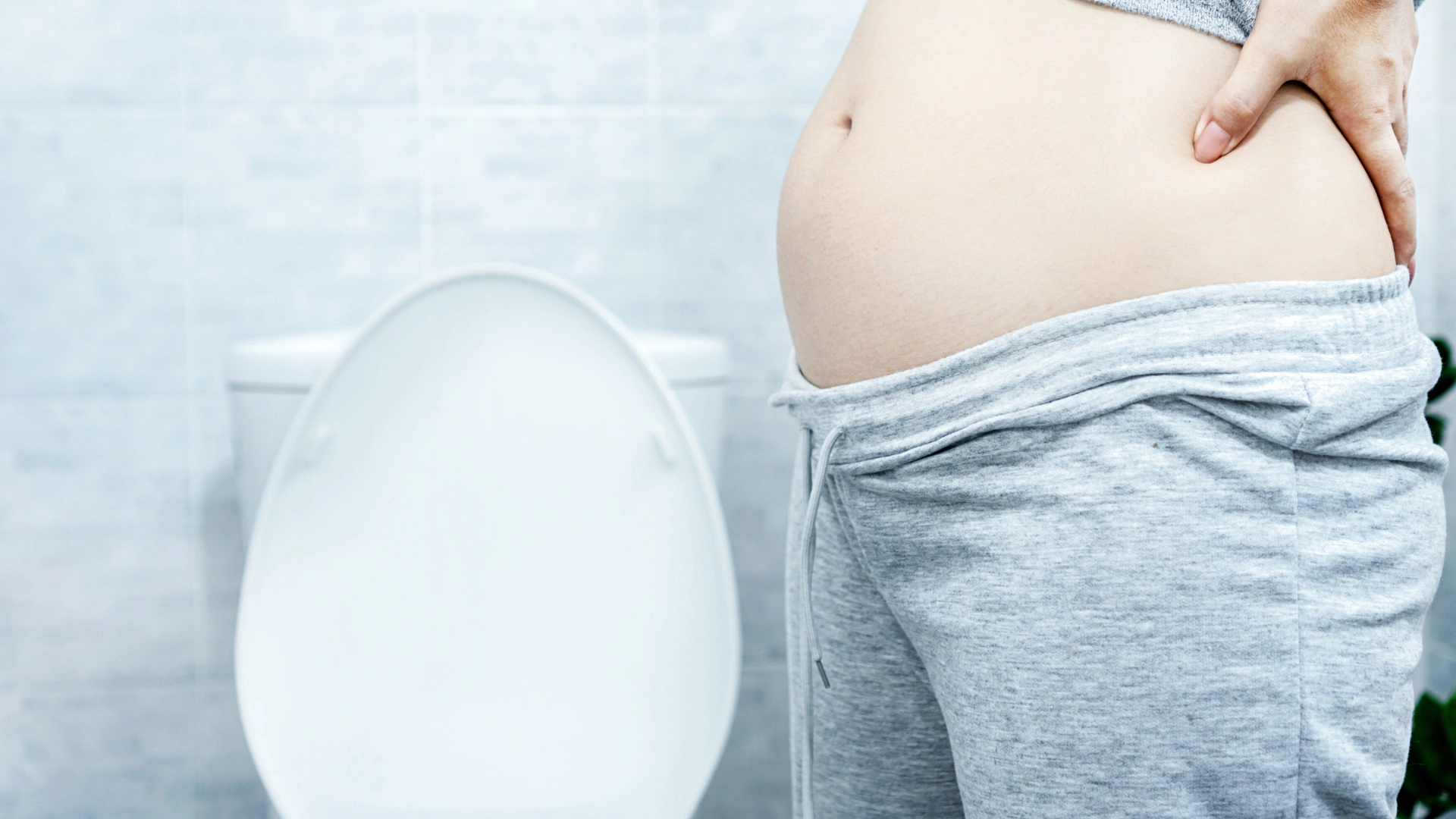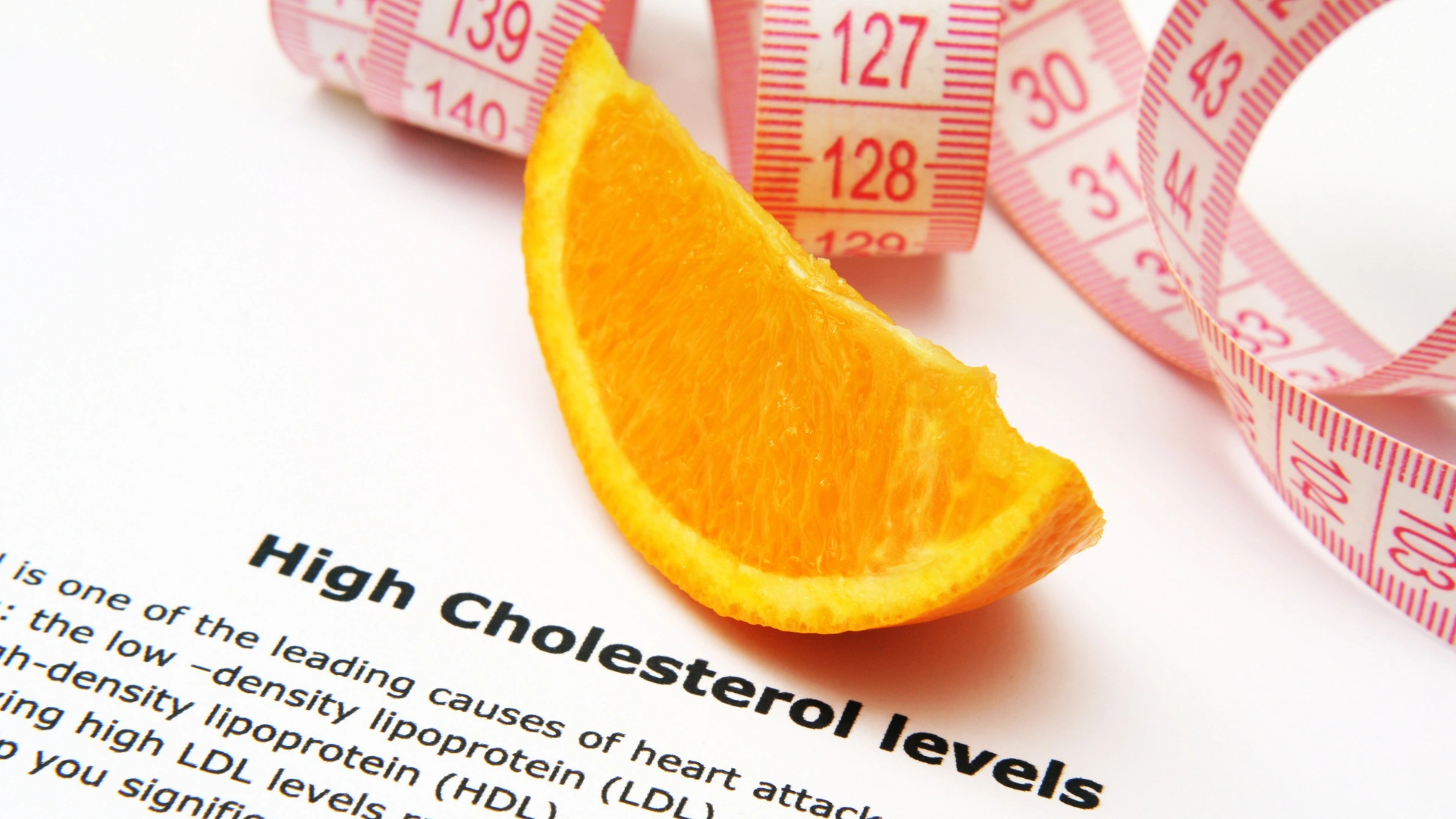
Premenstrual Dysphoric Disorder (PMDD) is a severe form of premenstrual syndrome (PMS) that affects approximately 3–9% of individuals of reproductive age. Unlike PMS, which includes mild emotional and physical symptoms before menstruation, PMDD is a more serious condition that disrupts daily life due to its intense symptoms. These symptoms include severe mood swings, irritability, depression, anxiety, fatigue, bloating, and breast tenderness. PMDD is classified as a mood disorder and can significantly impact an individual’s mental health and relationships.
Recently, holistic medicine approaches for PMDD have gained attention as more individuals seek natural alternatives to conventional treatments. These treatments aim to address the root causes of symptoms, offering a personalized and integrative approach. Functional medicine, in particular, focuses on uncovering the underlying factors contributing to PMDD and tailoring solutions for long-term relief.
However, the importance of evidence-based, doctor-approved treatments cannot be overstated. Integrating these methods ensures safety and effectiveness, allowing patients to explore natural approaches without compromising their well-being.
Overview of PMDD: What It Is: Symptoms and Causes
Premenstrual Dysphoric Disorder (PMDD) is a severe condition that occurs during the luteal phase of the menstrual cycle, typically 7–10 days before menstruation begins. It is considered a mood disorder and is included in the Diagnostic and Statistical Manual of Mental Disorders (DSM-5). PMDD involves intense physical and emotional symptoms that significantly interfere with daily functioning.
Emotional Symptoms:
- Severe mood swings
- Intense irritability or anger
- Depression, sometimes with thoughts of hopelessness
- Anxiety or a sense of being overwhelmed
- Difficulty concentrating
Physical Symptoms:
- Bloating and water retention
- Breast tenderness or swelling
- Fatigue and low energy levels
- Muscle or joint pain
- Sleep disturbances
Behavioral Symptoms:
- Cravings for certain foods
- Social withdrawal
- Difficulty completing tasks
The exact cause of PMDD is not fully understood, but research suggests that it is linked to an abnormal sensitivity to hormonal fluctuations. These hormonal changes, particularly the rise and fall of estrogen and progesterone during the menstrual cycle, interact with the brain’s neurotransmitters, such as serotonin, which regulates mood. Other factors that may contribute to PMDD include:
- Genetic predisposition to mood disorders.
- A history of depression or anxiety.
- Lifestyle factors such as poor diet or chronic stress.
Studies indicate that individuals with PMDD may have an exaggerated response to normal hormonal changes rather than hormone levels being abnormal themselves. This sensitivity impacts brain function, leading to the array of symptoms seen in PMDD.
What are the Risk Factors for PMDD?
Several factors can increase the likelihood of developing PMDD. A significant risk factor is a personal or family history of mood disorders, such as depression, anxiety, or bipolar disorder, which suggests a genetic predisposition. Hormonal sensitivity also plays a major role, as individuals with PMDD often experience an exaggerated response to normal hormonal fluctuations during the menstrual cycle. Lifestyle factors, such as high-stress levels, lack of physical activity, and poor nutrition, may further exacerbate symptoms or increase susceptibility.
Additionally, a history of trauma or adverse life events can heighten the risk of developing PMDD, as these experiences can affect the body’s stress response and overall mental health. Women in their late 20s to early 40s, particularly those with a history of severe PMS, are more likely to experience PMDD. These combined factors create a complex interplay that can trigger or worsen the condition.
What Are the Complications of PMDD?

PMDD can lead to significant complications that impact both physical and mental well-being. The most severe concern is the increased risk of mental health disorders, particularly major depressive disorder, and anxiety, which can worsen if left untreated. Individuals with PMDD are also at a higher risk of developing suicidal thoughts or behaviors during symptomatic periods, making early intervention critical. The condition can strain personal relationships due to intense mood swings, irritability, and emotional outbursts, often leading to feelings of isolation or guilt.
Professionally, PMDD can impair productivity and career advancement, as symptoms like fatigue, difficulty concentrating, and emotional distress make it challenging to maintain a consistent work performance. Additionally, chronic physical symptoms, such as severe cramps, migraines, and sleep disturbances, may contribute to the development of other health issues, including chronic pain conditions or sleep disorders. Functional medicine doctors stress that without proper management, PMDD’s effects can spiral into long-term health challenges, underscoring the need for comprehensive care that includes holistic and conventional approaches.
How PMDD Affects Daily Life
PMDD profoundly impacts daily life, affecting emotional, physical, and social well-being. Emotionally, individuals often experience severe mood swings, irritability, and depressive episodes that can make interpersonal interactions challenging. Feelings of hopelessness, anxiety, and uncontrollable anger can strain relationships with family, friends, and colleagues, leading to a sense of isolation. The heightened emotional sensitivity associated with PMDD can also erode self-esteem and increase the risk of mental health conditions like depression and anxiety.
Physically, PMDD causes debilitating symptoms such as bloating, breast tenderness, fatigue, and migraines. These physical discomforts often lead to reduced energy levels, making engaging in daily tasks, exercising, or even maintaining regular self-care routines difficult. Sleep disturbances and appetite changes further disrupt physical health, compounding the overall strain on the body.
Socially and professionally, the symptoms of PMDD often lead to decreased productivity and missed opportunities. Difficulty concentrating and managing emotions can hinder work performance, while fatigue and pain can limit participation in social activities.
Doctor-Approved Natural Ways to Treat PMDD
A holistic approach to managing PMDD often includes natural remedies that target the root causes of symptoms while improving overall well-being. Doctor-approved treatments focus on evidence-based strategies that can be integrated into daily life. These methods alleviate physical discomfort and emotional distress but also help restore hormonal balance and improve long-term health. Below are some key natural treatments:
Nutritional Therapy
Adopting an anti-inflammatory diet is a foundational step in managing PMDD symptoms. Nutrient-dense options such as leafy greens, fatty fish (rich in omega-3 fatty acids), whole grains, and fresh fruits help reduce inflammation and support hormonal balance. Foods to avoid include processed sugars, caffeine, alcohol, and high-sodium items, which can worsen bloating, irritability, and fatigue.
Specific Nutrients for PMDD:
- Magnesium: Known to reduce muscle cramps and stabilize mood. Studies show that magnesium supplementation can alleviate irritability and bloating.
- Omega-3 Fatty Acids: Improves emotional well-being and reduces mood swings. Found in salmon, walnuts, and flaxseeds, omega-3s support brain health and hormone regulation.
- Vitamin B6: Helps with neurotransmitter production, reducing symptoms of depression and anxiety. Found in bananas, avocados, and fortified cereals.
- Calcium and Vitamin D: These nutrients balance hormones and prevent severe mood fluctuations. Dairy products, fortified plant milks, and sunlight exposure are excellent sources.
Herbal Remedies
Herbal supplements can offer relief from PMDD symptoms when used correctly and under medical supervision. Popular herbs include:
- Chasteberry (Vitex): Helps regulate hormonal fluctuations and effectively reduces breast tenderness and mood swings.
- Ashwagandha: A powerful adaptogen that lowers stress levels and supports emotional stability.
- Red Clover: Promotes estrogen metabolism, which can ease hormonal imbalances.
- Turmeric: Its anti-inflammatory properties combat bloating and physical discomfort.
To prevent interactions, following doctor-recommended dosages and avoiding combining herbs with medications without professional guidance is essential.
Mind-Body Practices
Incorporating stress management techniques can greatly alleviate the emotional burden of PMDD:
- Meditation and Mindfulness: These practices reduce anxiety and improve emotional resilience.
- Yoga for Hormonal Balance: Gentle yoga poses stimulate blood flow, reduce stress, and promote hormonal balance.
- Deep Breathing Exercises: Help control irritability and improve focus during emotional highs.
- Cognitive Behavioral Therapy (CBT): Therapy sessions can help individuals identify and manage negative thought patterns that exacerbate PMDD symptoms. CBT has been shown to significantly improve emotional symptoms like depression and anxiety.
- Acupuncture: A natural therapy that regulates hormonal imbalances and improves blood flow, acupuncture relieves physical pain such as cramps and headaches.
Lifestyle Modifications
Lifestyle changes play a crucial role in managing PMDD:
- Regular Exercise: Low-impact cardio, Pilates, and strength training effectively reduce emotional and physical symptoms. Exercise releases endorphins, natural mood enhancers.
- Sleep Hygiene: Maintaining a consistent sleep schedule and reducing screen time before bed promotes better sleep and helps regulate circadian rhythms.
- Avoiding Environmental Toxins: Reducing exposure to endocrine-disrupting chemicals in plastics, pesticides, and personal care products supports hormonal health.
Functional Medicine Approaches
Functional medicine emphasizes personalized care:
- Personalized Testing: Hormonal panels, gut microbiome analysis, and nutritional deficiency tests identify underlying imbalances contributing to PMDD.
- Customized Treatment Plans: Based on test results, tailored supplements and dietary changes address specific deficiencies and issues, such as gut health or thyroid dysfunction.
Although functional medicine costs can vary, its tailored approach can address root causes more effectively than generalized treatments.
Community and Support
Connecting with others can alleviate feelings of isolation:
- PMDD Support Groups: Sharing experiences and advice with others facing similar challenges fosters a sense of belonging.
- Holistic Health Retreats: Focused programs provide a comprehensive approach to wellness, combining treatments like yoga, nutrition workshops, and mindfulness practices.
Role of a Health Coach
Working with a health coach can provide personalized guidance, accountability, and encouragement. Coaches help individuals integrate holistic practices into their daily routines and track progress effectively.
How to Integrate Conventional and Holistic Treatments for PMDD

Integrating conventional and holistic treatments for PMDD can provide a comprehensive approach to managing symptoms effectively. This combination leverages the strengths of both approaches—targeting immediate symptom relief through medications and addressing root causes through natural and lifestyle-based interventions.
Working with a Doctor
The first step in integrating these treatments is establishing a collaborative relationship with a healthcare provider who understands PMDD and is open to holistic approaches. Your doctor can help create a balanced plan, combining conventional treatments, such as selective serotonin reuptake inhibitors (SSRIs), hormonal therapies, or oral contraceptives, with complementary strategies like nutritional therapy or mind-body practices. Regular check-ins ensure that progress is monitored and adjustments are made as needed.
Bridging the Gap
A successful integration strategy involves tailoring treatments to individual needs. For instance, medications like SSRIs or hormonal contraceptives can provide relief from severe emotional or physical symptoms, while dietary changes, stress management techniques, and herbal supplements address the underlying hormonal imbalances. Combining these methods can enhance the effectiveness of both approaches, as improved hormonal regulation supports mental health, and symptom relief from medications allows patients to focus on implementing lifestyle changes.
Tracking symptoms and their progression is crucial for determining the effectiveness of combined treatments. Journals or apps can help patients and doctors identify patterns, recognize triggers, and measure improvements over time. This data allows for fine-tuning the treatment plan, such as adjusting medication dosages or incorporating additional holistic methods.
Practical Tips for Starting Holistic Treatment
Here are practical tips to help you begin your journey:
Start Small and Integrate Gradually
Rather than overhauling your entire routine, start by incorporating one or two holistic methods that align with your immediate needs. For example, begin with an anti-inflammatory diet or add a daily mindfulness practice to your routine. Once you feel comfortable, introduce other elements, such as herbal supplements or regular exercise. This step-by-step approach prevents burnout and allows your body to adapt.
Find Credible Resources
The quality of the resources you rely on for holistic treatments is crucial to safety and effectiveness. Look for trusted sources when purchasing herbs, supplements, or functional medicine services. Accredited websites, licensed practitioners, and doctor recommendations are ideal starting points. To avoid potential risks, ensure that your products have been tested for safety and meet regulatory standards.
Track Your Progress
Tracking your symptoms and lifestyle changes helps you understand what works best for you. Use a journal or symptom-tracking app to log daily experiences, including mood, physical symptoms, diet, and sleep patterns. Over time, this data can help you identify improvements and areas that need adjustment, offering valuable insights for refining your treatment plan.
PMDD vs. PMS
Premenstrual Dysphoric Disorder (PMDD) and Premenstrual Syndrome (PMS) are often confused, but they differ significantly in severity and impact. PMS affects up to 75% of menstruating individuals and typically involves mild to moderate symptoms such as mood swings, bloating, and breast tenderness. These symptoms are manageable and do not usually interfere with daily life. In contrast, PMDD is a severe mood disorder affecting 3–8% of menstruating individuals, characterized by debilitating symptoms like intense mood swings, depression, anxiety, and extreme fatigue.
While PMS symptoms are uncomfortable, PMDD symptoms can disrupt relationships, work, and overall quality of life, often requiring medical intervention. The key distinction lies in the intensity and the extent to which symptoms impair daily functioning, making PMDD a more serious condition that goes beyond the typical discomforts of PMS.
Natural Remedies for Teenage PMS
Teenagers experiencing PMS can benefit from natural remedies that address both physical and emotional symptoms. A balanced diet rich in whole grains, fruits, vegetables, and healthy fats can help regulate hormones and reduce bloating. Limiting processed foods, caffeine, and sugar can minimize mood swings and fatigue. Nutritional supplements such as calcium, magnesium, and vitamin B6 have been shown to alleviate cramps, irritability, and other PMS-related discomforts. Regular physical activity, like yoga or light cardio, can improve mood by boosting endorphins.
Additionally, stress management techniques, such as deep breathing exercises and mindfulness practices, can help teenagers manage emotional fluctuations. Herbal remedies like chasteberry and evening primrose oil, when used under supervision, may also provide relief from hormonal imbalances. These natural approaches offer safe and effective solutions for teenagers to navigate PMS more easily and comfortably.
Are Holistic Treatments Safe for PMDD?

Holistic treatments for PMDD are generally considered safe when used appropriately and under professional guidance. These approaches, such as nutritional therapy, herbal remedies, and mind-body practices, are natural alternatives that often have fewer side effects than conventional medications. However, safety depends on factors like the quality of supplements, proper dosages, and avoiding interactions with existing medications.
For example, herbs like chasteberry and ashwagandha can be highly effective but may not be suitable for everyone, particularly those with specific medical conditions or who are pregnant. Similarly, incorporating stress-reducing practices like yoga and meditation carries minimal risk, but their effectiveness may vary based on individual needs.
To ensure safety, it is essential to consult a healthcare provider, choose evidence-based remedies, and monitor progress. With proper implementation, holistic treatments can provide a safe and effective way to manage PMDD symptoms.
How Long Does It Take to See Results?
The time it takes to see results from holistic treatments for PMDD varies depending on the method and individual factors, such as severity of symptoms and consistency in following the treatment plan. Nutritional changes, such as adopting an anti-inflammatory diet or taking supplements like magnesium and omega-3 fatty acids, typically show noticeable improvements in physical symptoms within 4 to 8 weeks. Herbal remedies like chasteberry may take up to 3 months to regulate hormonal imbalances and reduce emotional symptoms.
Stress management techniques, including mindfulness and yoga, can provide immediate relief for anxiety and irritability but require regular practice for sustained benefits. Functional medicine approaches, such as addressing underlying nutritional deficiencies or hormonal imbalances through personalized testing, may take several months to show significant results as they focus on long-term healing. Patience and consistency are key, as the benefits of holistic treatments often build gradually but lead to more lasting improvements over time.
Doctor Insights and Predictions for 2025
Doctors and experts predict that holistic treatments for PMDD will continue to gain popularity in 2025 as more research highlights their effectiveness in managing symptoms naturally. Advancements in functional medicine are expected to refine personalized approaches, with improved testing methods for hormonal panels, gut microbiome analysis, and nutritional deficiencies. These innovations will allow for more targeted treatment plans that address the root causes of PMDD rather than focusing solely on symptom relief.
Additionally, integrative healthcare models that combine conventional medications with evidence-based holistic therapies are likely to become more mainstream. For example, SSRIs and hormonal treatments may be paired with complementary practices like acupuncture, yoga, and nutritional therapy to enhance overall outcomes.
Emerging studies on the impact of specific nutrients, such as omega-3 fatty acids and magnesium, as well as herbal supplements like chasteberry, are expected to strengthen the scientific backing for their use in PMDD management. Virtual health coaching and support groups are also predicted to grow, providing patients with accessible resources and fostering a community for shared experiences.
The emphasis on holistic and integrative approaches will likely redefine PMDD care, offering patients more options and empowering them to take control of their condition with safer, long-term solutions.
Conclusion
Holistic treatments offer promising and effective options for managing PMDD by addressing its root causes through personalized and natural approaches. With a focus on evidence-based practices like nutritional therapy, herbal remedies, stress reduction techniques, and functional medicine, these treatments can significantly improve physical, emotional, and social well-being. Individuals can achieve lasting relief and regain control over their lives by integrating holistic and conventional methods under professional guidance. As awareness and research continue to grow, holistic treatments are poised to become a cornerstone of PMDD care in the years to come.









